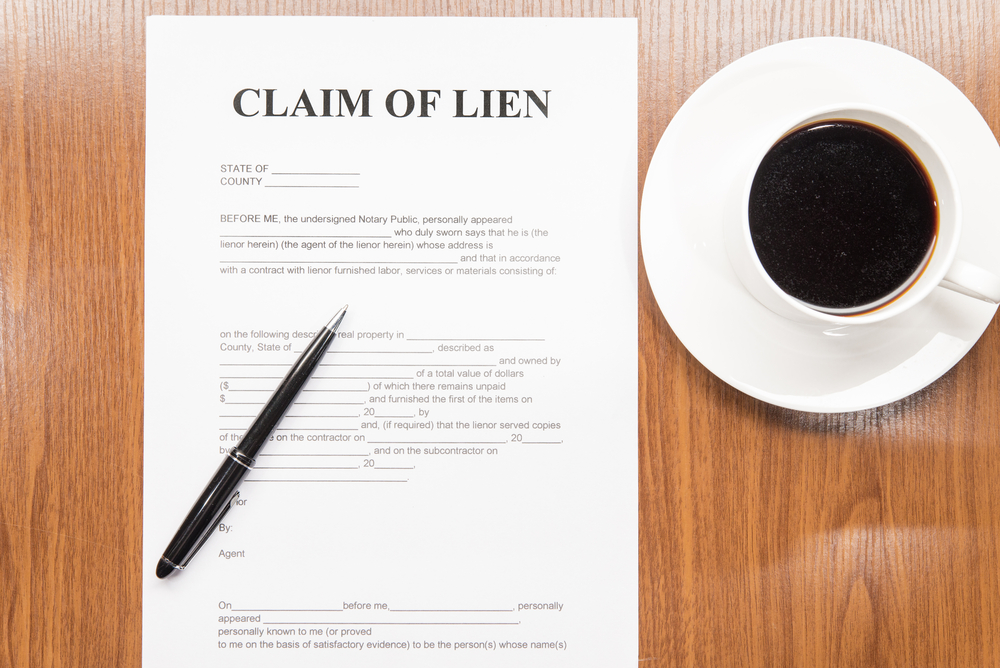
It is well known that a lien claimant must strictly comply with the form prescribed by the Builders Lien Act, SBC 1997, c. 45 (the “Act”). BC Courts have previously found that deviations from the prescribed form of lien which affect the substance of the form will render a claim of lien invalid, whereas deviations which do not affect the substance of the form can be remedied.
Recently, in Klippenstein Development Corp. v Van Den Brink, 2023 BCSC 961, the Court dealt with the unusual circumstance in which the construction contract at issue did not name the lien claimant as a party to the contract.
Background
The defendant owners (the “Owners”), entered into a construction contract (the “Contract”) to build a custom residential home on their property (the “Project”). The Contract named “Blueprint Custom Homes c/o Scott Klippenstein” as the contractor.
A dispute over payment arose, resulting in a claim of lien (the “Lien”) being filed against the property. Importantly, the Lien was not filed by Blueprint Custom Homes c/o Scott Klippenstein, but was instead filed by Scott Klippenstein’s company, Klippenstein Development Corp. dba Blueprint Custom Homes (“KDC”). The result was that the Lien claimed that KDC was owed monies from the Owners, despite not having a contract with the Owners.
The Owners applied for an order that the Lien be extinguished on the basis that it failed to comply with the strict requirements of the Act, namely, because it incorrectly named KDC as the contractor and not “Blueprint Custom Homes c/o Scott Klippenstein”.
The Owners alleged that KDC was not entitled to a claim of lien because KDC was not a contractor as defined by s. 1 of the Act because KDC was not engaged by the Owners, or with the Owners’ knowledge.
The Decision
In reviewing the Lien and the relevant case authority, the Court found that the KDC was properly identified on the lien form. Specifically, the Court found that the contractor for the Project under the Act was KDC’s principal, Scott Klippenstein (as Blueprint Custom Homes is not a legal person), and that KDC was able to advance the Lien as a subcontractor to Scott Klippenstein who performed work and supplied material to the Project with the Owner’s knowledge.
Although KDC was not a contractor as defined by the Act because it wasn’t engaged by the Owners, it was nonetheless entitled to file the Lien as it was a subcontractor engaged by Scott Klippenstein and provided work and materials to the Project. The Court also noted that as the Owners were aware of the Project, all work performed and materials supplied by KDC to the Project was deemed to have been done at the request of the Owners. Ultimately, the Court found that the Lien was properly filed and dismissed the Owners’ application to have the Lien cancelled.
Takeaways
This decision serves as a reminder about the importance of compliance with the Act.
Contractors should be sure that when preparing a claim of lien they have identified the correct legal entity that performed the work on the project. Doing otherwise may very well render that lien invalid. Contractors should also take care to ensure that they are using their company’s correct legal name when entering into contracts, and that any and all subcontracts are properly documented.
Our team has extensive experience with construction and builders lien matters, and are ready to assist with any questions you may have regarding builder liens.



